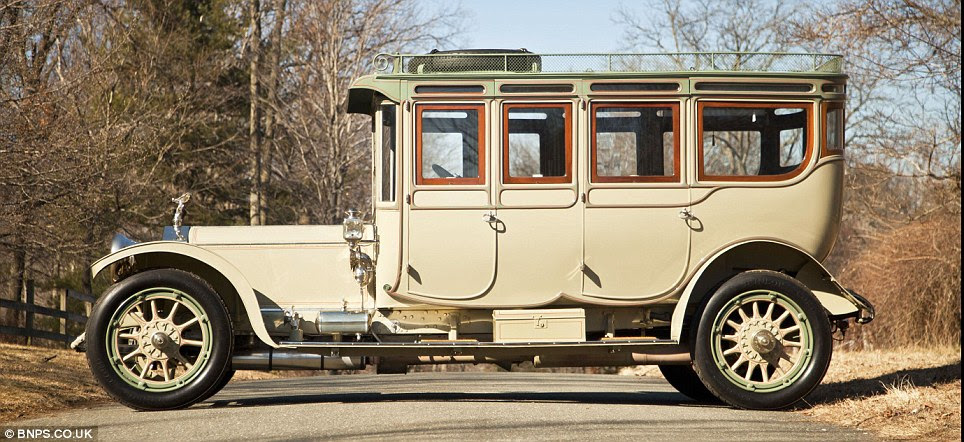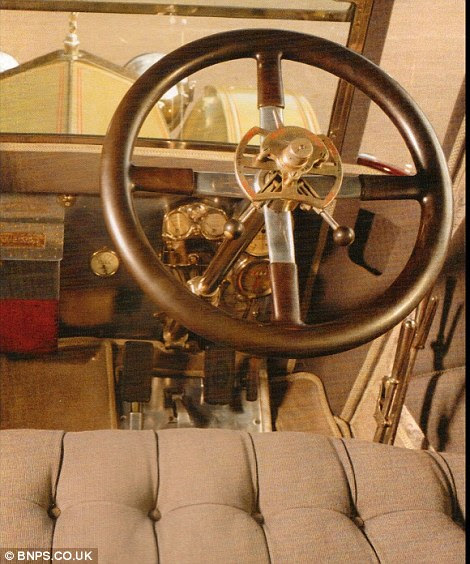Hiroshi Sato is not a famous Japanese musician. He does not appear in HMV’s list of the Top 100 Japanese Pop Artists, and you can count the number of images of him on your fingers. He ran his own web site and Facebook page, and his place on Wikipedia is taken by a Japanese football player. Hiroshi Sato is not a famous musician, but he has been one of the most influential and indispensable musicians of the Japanese music scene in the last 40 years.
 Sato grew up
the eldest son at a temple near the southernmost tip of Japan’s
southernmost island, Kyushu. As a teenager, he sang Elvis Presley songs
in the temple and spent his days recording music on an early multi-track
recorder in the temple’s storeroom. A few years later, he moved to
Kyoto, where he took up the bass guitar. At 20, he began teaching
himself the piano, and shortly thereafter began playing with Masaki Ueda
and other artists in the Kyoto area. Some of his earliest professional
experience included working with Haruomi Hosono in Tin Pan Alley
following Hosono’s departure from Happy End in 1974.
In 1979, Sato released the album Orient, featuring Ueda, Hosono and
other frequent collaborators. Hosono’s bassline can be heard on some of
Orient’s strongest tracks. While Picnic is an iconic J-Funk track, it
isn’t entirely representative of the album as a whole. On much of the
album, the exotica influences from his work with Tin Pan Alley are
evident. Flying Carpet, another track featuring Hosono, mixes the two
styles well.
Sato grew up
the eldest son at a temple near the southernmost tip of Japan’s
southernmost island, Kyushu. As a teenager, he sang Elvis Presley songs
in the temple and spent his days recording music on an early multi-track
recorder in the temple’s storeroom. A few years later, he moved to
Kyoto, where he took up the bass guitar. At 20, he began teaching
himself the piano, and shortly thereafter began playing with Masaki Ueda
and other artists in the Kyoto area. Some of his earliest professional
experience included working with Haruomi Hosono in Tin Pan Alley
following Hosono’s departure from Happy End in 1974.
In 1979, Sato released the album Orient, featuring Ueda, Hosono and
other frequent collaborators. Hosono’s bassline can be heard on some of
Orient’s strongest tracks. While Picnic is an iconic J-Funk track, it
isn’t entirely representative of the album as a whole. On much of the
album, the exotica influences from his work with Tin Pan Alley are
evident. Flying Carpet, another track featuring Hosono, mixes the two
styles well.  Though
Sato has a large catalog of solo work, he is probably best known in
Japan for his contributions to the work of others as a keyboard player,
composer, arranger, producer, and sound engineer. Tatsuro Yamashita
considered him Japan’s best pianist, and Sato played keyboards on almost
all of Yamashita’s work in the 70s and 80s, including seminal albums
Spacy and For You. Sato contributed to much of Haruomi Hosono’s pre-YMO
work during this period as well, including solo album Cochin Moon.
In the 1980s, Sato continued to contribute to the work of artists such
as Masaki Ueda, Cindy, Anri, and Toshiki Kadomatsu. For this reason, he
may be the most featured artist in this series.
In 1980, Sato moved to LA and signed with Alpha Records. During this
time he met Wendy Matthews and the two collaborated on Sato’s most
iconic album, Awakening. Though Tatsuro Yamashita plays a Telecaster on
several tracks – For You was recorded in the U.S. during this same
period – very few individuals were involved in the record’s creation
outside of Sato and Matthews. Alpha was able to provide Sato with
access to a LINN LM-1 drum machine, and this entirely replaced the
rythym section on Awakening. One of the album’s biggest strengths is
its variance in tempo, typified by the two versions of Blue and Moody
Music that bookend a majority of the album.
Though
Sato has a large catalog of solo work, he is probably best known in
Japan for his contributions to the work of others as a keyboard player,
composer, arranger, producer, and sound engineer. Tatsuro Yamashita
considered him Japan’s best pianist, and Sato played keyboards on almost
all of Yamashita’s work in the 70s and 80s, including seminal albums
Spacy and For You. Sato contributed to much of Haruomi Hosono’s pre-YMO
work during this period as well, including solo album Cochin Moon.
In the 1980s, Sato continued to contribute to the work of artists such
as Masaki Ueda, Cindy, Anri, and Toshiki Kadomatsu. For this reason, he
may be the most featured artist in this series.
In 1980, Sato moved to LA and signed with Alpha Records. During this
time he met Wendy Matthews and the two collaborated on Sato’s most
iconic album, Awakening. Though Tatsuro Yamashita plays a Telecaster on
several tracks – For You was recorded in the U.S. during this same
period – very few individuals were involved in the record’s creation
outside of Sato and Matthews. Alpha was able to provide Sato with
access to a LINN LM-1 drum machine, and this entirely replaced the
rythym section on Awakening. One of the album’s biggest strengths is
its variance in tempo, typified by the two versions of Blue and Moody
Music that bookend a majority of the album. On 1984’s Sailing Blaster, Sato collaborated with Cindy on a more
traditional record featuring live drums and more guitar. Standout track Always showed that the style perfected on Awakening remained one of Sato’s strengths.
On 1984’s Sailing Blaster, Sato collaborated with Cindy on a more
traditional record featuring live drums and more guitar. Standout track Always showed that the style perfected on Awakening remained one of Sato’s strengths.Back in Japan and a well-established musician, Sato built his own studio in order to have more control over the engineering process. With this in place, his collaborative work on the production side increased greatly, and solo albums became less frequent. Sato continued to produce, mix, and engineer for the next generation of musicians through the millennium, producing a Gold single for Thelma Aoyama as recently as 2008.
 “His life’s work was pouring his everything enthusiastically into
music. He also loved his studio in Yokohama, putting in speakers and
installing the equipment and synthesizers one by one. He fell down and
breathed his last breath in that studio while he was making music. He
was sixty-five years old, and an Acute Dissecting Aneurysm of the aorta
was the cause of his death. However, this is the least important aspect
of his passing. Despite an instant death, I believe he knew the time had
come, because he was sitting cross-legged with his hands joined
together, as if practicing Zen meditation.
“His life’s work was pouring his everything enthusiastically into
music. He also loved his studio in Yokohama, putting in speakers and
installing the equipment and synthesizers one by one. He fell down and
breathed his last breath in that studio while he was making music. He
was sixty-five years old, and an Acute Dissecting Aneurysm of the aorta
was the cause of his death. However, this is the least important aspect
of his passing. Despite an instant death, I believe he knew the time had
come, because he was sitting cross-legged with his hands joined
together, as if practicing Zen meditation.He was alone, but not lonely, because whenever he was surrounded by music he was happy, as if he were an innocent child. He lived life as a musician and lived as a musician with his whole life.”*
On Sailing Blaster, Sato sings,“I’m gonna shine forever, I’m gonna find a way to win over time”. Time has finally come for Sato and for his studio, built in his rented house. Yet the sun rises and sets on Yokohama, just as it always has. And the music plays.
 Hiroshi Sato 1947-2012
Hiroshi Sato 1947-2012












































